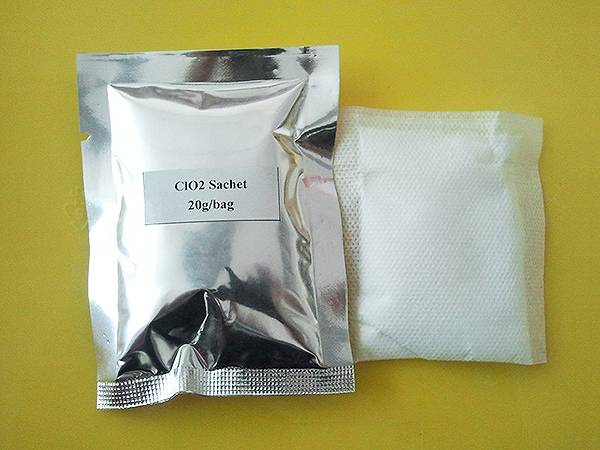



Polyacrylamide Water Solubility Characteristics and Implications for Various Applications
Polyacrylamide (PAM) is a water-soluble polymer that has gained significant attention in various fields due to its unique properties and versatile applications. Understanding its solubility in water is crucial for leveraging its potential in industries such as agriculture, water treatment, and biomedical applications.
Polyacrylamide is synthesized from acrylamide monomers through a process called polymerization. This transformation results in a long-chain molecule that can easily dissolve in water, making it an invaluable compound in many applications. The solubility of PAM in water depends on several factors, including its molecular weight, ionic charges, and the presence of additives.
One of the significant attributes of polyacrylamide is its ability to absorb water and swell, allowing it to form a gel-like structure. This property is primarily due to the polar nature of the polymer chains. When PAM is introduced into water, the hydrophilic (water-attracting) groups on the polymer interact with water molecules, leading to dissolution. The higher the molecular weight, the greater the viscosity of the resulting solution; thus, PAM can be tailored for specific applications by adjusting its molecular weight.
In agriculture, polyacrylamide is used as a soil conditioner to improve water retention, thereby promoting crop growth. Its water-holding capacity allows for reduced irrigation needs, which is particularly beneficial in arid regions. The polymer forms a gel that helps retain moisture in the soil, thereby enhancing the availability of water to plants. This characteristic also minimizes nutrient leaching and promotes soil structure, contributing to sustainable farming practices.
polyacrylamide solubility in water

In the water treatment industry, polyacrylamide plays a vital role as a flocculant agent. When used in this context, PAM helps aggregate suspended particles in water, allowing them to settle and be removed more efficiently. This process is crucial in clarifying water in municipal and industrial settings. The effectiveness of polyacrylamide as a flocculant is enhanced by its solubility in water, which ensures that it can quickly disperse and react with contaminants.
Moreover, the biomedical field has started to explore the use of polyacrylamide for drug delivery and tissue engineering. Its water solubility allows for the creation of hydrogels that can encapsulate therapeutic agents, providing a controlled release mechanism. These hydrogels can mimic the extracellular matrix, promoting cell growth and tissue regeneration.
However, it is essential to note that the use of acrylamide in polyacrylamide poses certain health risks, as acrylamide is a known neurotoxin and potential carcinogen. Therefore, the development of modified PAM that reduces or eliminates acrylamide content is a significant area of research.
In conclusion, polyacrylamide's solubility in water renders it a valuable polymer across various industries. By understanding and manipulating its properties, researchers and practitioners can develop innovative solutions to address environmental challenges, enhance agricultural productivity, and advance medical technologies. As techniques for safer synthesis evolve, the applications of polyacrylamide are likely to expand even further, promising more sustainable and efficient practices in numerous fields.
-
Why Sodium Persulfate Is Everywhere NowNewsJul.07,2025
-
Why Polyacrylamide Is in High DemandNewsJul.07,2025
-
Understanding Paint Chemicals and Their ApplicationsNewsJul.07,2025
-
Smart Use Of Mining ChemicalsNewsJul.07,2025
-
Practical Uses of Potassium MonopersulfateNewsJul.07,2025
-
Agrochemicals In Real FarmingNewsJul.07,2025
-
Sodium Chlorite Hot UsesNewsJul.01,2025










